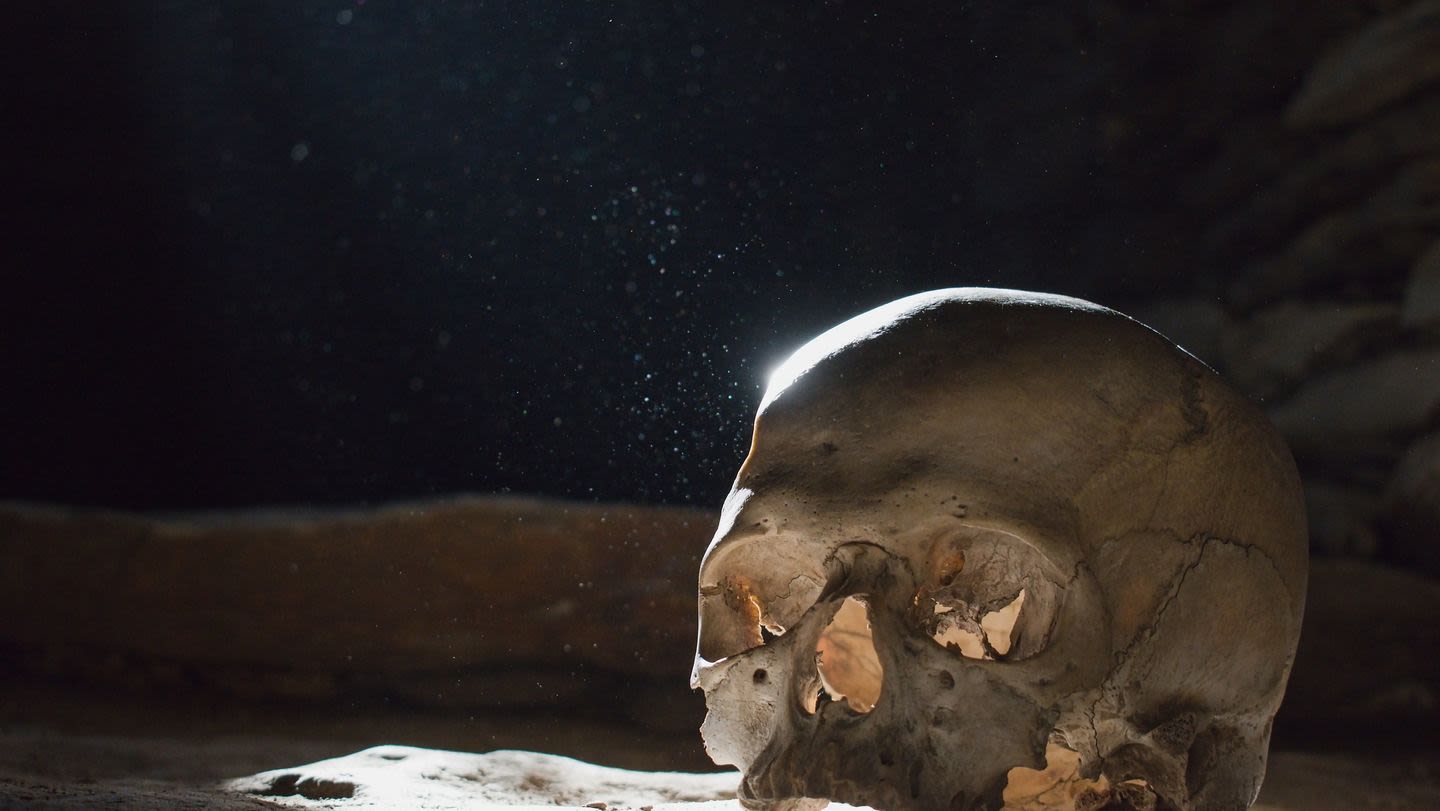Search results
News about Skull and Bones, Season 2, Ubisoft
News about Atlanta, human skull, train tracks
Also in the news
1 day ago · The brain is contained in, and protected by, the skull bones of the head. The cerebrum, the largest part of the human brain, consists of two cerebral hemispheres. Each hemisphere has an inner core composed of white matter, and an outer surface – the cerebral cortex – composed of grey matter.
May 16, 2024 · Human skeleton, the internal skeleton that serves as a framework for the body. This framework consists of many individual bones and cartilages. There also are bands of fibrous connective tissue—the ligaments and the tendons—in intimate relationship with the parts of the skeleton.
17 hours ago · The smallest mammalian skull belongs to the Etruscan shrew, which is about the size of a large bumblebee. Despite its tiny size, it has all the necessary components of a mammalian skull. Conversely, the blue whale possesses the largest skull of any animal, measuring up to 33 feet in length. This massive structure supports the whale's huge mouth ...
May 10, 2024 · The skull (TA: cranium) is the superior-most part of the human skeleton and houses the brain and includes the skeletal elements of the face. It consists of numerous bones connected to each other by sutures which renders them immobile.
17 hours ago · Brain. The brain is an organ that serves as the center of the nervous system in all vertebrate and most invertebrate animals. It consists of nervous tissue and is typically located in the head ( cephalization ), usually near organs for special senses such as vision, hearing and olfaction.
People also ask
How do you use the word "skull" in a sentence?
What is the origin of the word "skull"?
What does the skull symbolize?
May 14, 2024 · The inner ear lies directly next to the middle ear. It is encased by the temporal bone or the part of the skull surrounding the ear at each side of the head. The portion of the temporal bone that houses the inner ear is the most dense portion of this bone.
May 6, 2024 · The axial skeleton forms the human body's central axis and is comprised of the skull, vertebral column, ribs, and sternum. Numerous bone markings in this region serve diverse anatomical, biomechanical, and clinical functions.

